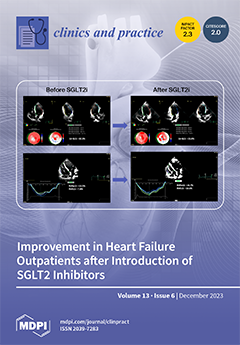The prevalence of diabetes mellitus (DM) is increasing rapidly worldwide. Without proper management, DM can have serious complications. We aimed to investigate the association between protection motivation theory (PMT) constructs, self-care behaviors, and biomarkers among diabetic patients in a community in northern Thailand.
[...] Read more.
The prevalence of diabetes mellitus (DM) is increasing rapidly worldwide. Without proper management, DM can have serious complications. We aimed to investigate the association between protection motivation theory (PMT) constructs, self-care behaviors, and biomarkers among diabetic patients in a community in northern Thailand. A cross-sectional study was conducted. Simple random sampling was used to select 422 subjects from patients enrolled in primary care in Chiang Rai Province. Data were collected using questionnaires and blood sampling to measure fasting blood sugar (FBS) and glycated hemoglobin (HbA1c). Pearson’s correlation and multiple linear regression were used to analyze the data. The diabetic subjects’ age was 62.25 years (standard deviation [SD] = 8.90), and the duration of diabetes was 9.07 years (SD = 7.23). Positive correlations were found between the DM knowledge score and the PMT score (
r = 0.812,
p < 0.01) and between the PMT score and the preventive behavior score (
r = 0.817,
p < 0.01). The preventive behavior score was negatively correlated with FBS (
r = −0.319,
p < 0.01) and HbA1c (
r = −0.625,
p < 0.01) and significantly associated with income (
B = 0.15) and the PMT score (
B = 0.71), accounting for 67.0% of the variance. Age (
B = −0.73), sleep problems (
B = 10.71), and the preventive behavior score (
B = −1.15) were statistically significantly associated with FBS (
R2 = 14.3%). Four variables, the female gender (
B = −0.26), being married (
B = −0.24), sleep problems (
B = 0.42), and the preventive behavior score (
B = −0.09), were statistically significantly associated with HbA1c levels (
R2 = 41.6%). Health education programs should primarily target awareness of disease severity, complications, and self-efficacy enhancement to generate intention and behavior change. This may delay or reduce the occurrence of diabetes-related complications in people with type 2 diabetes.
Full article






